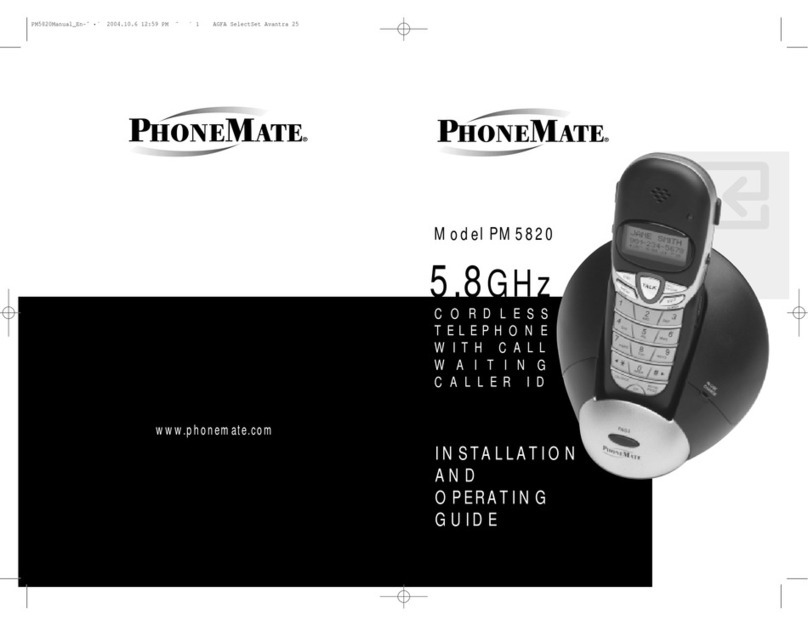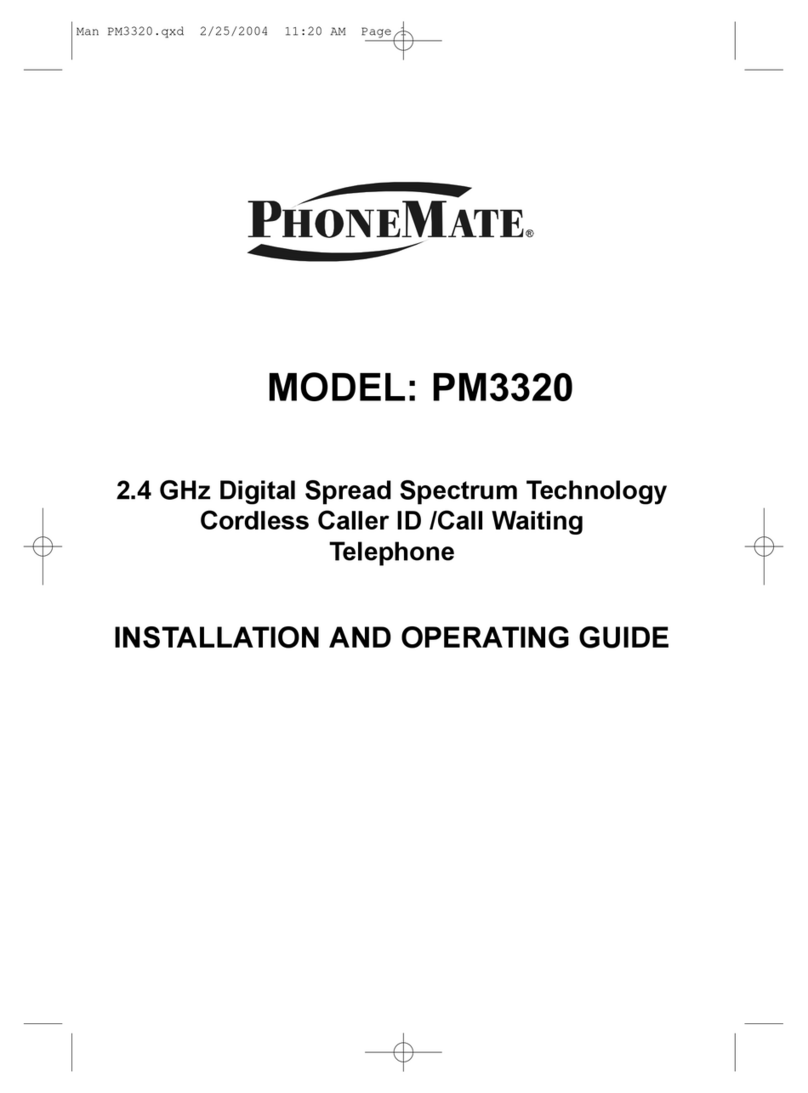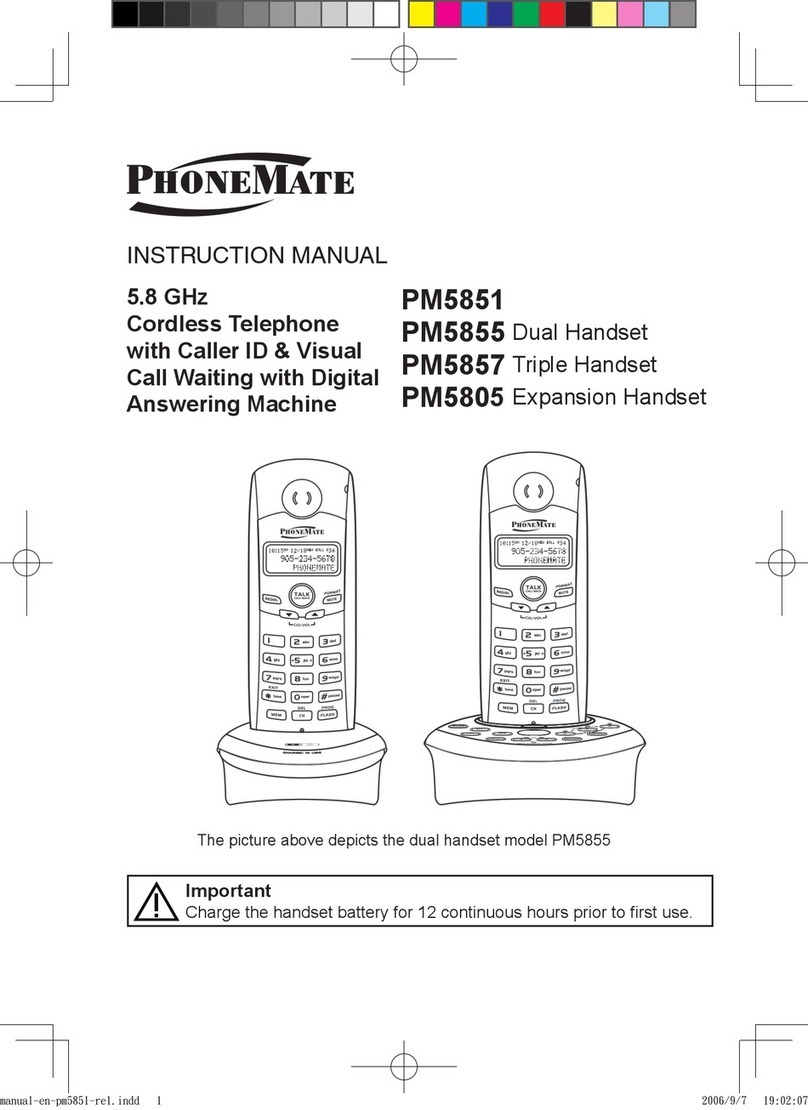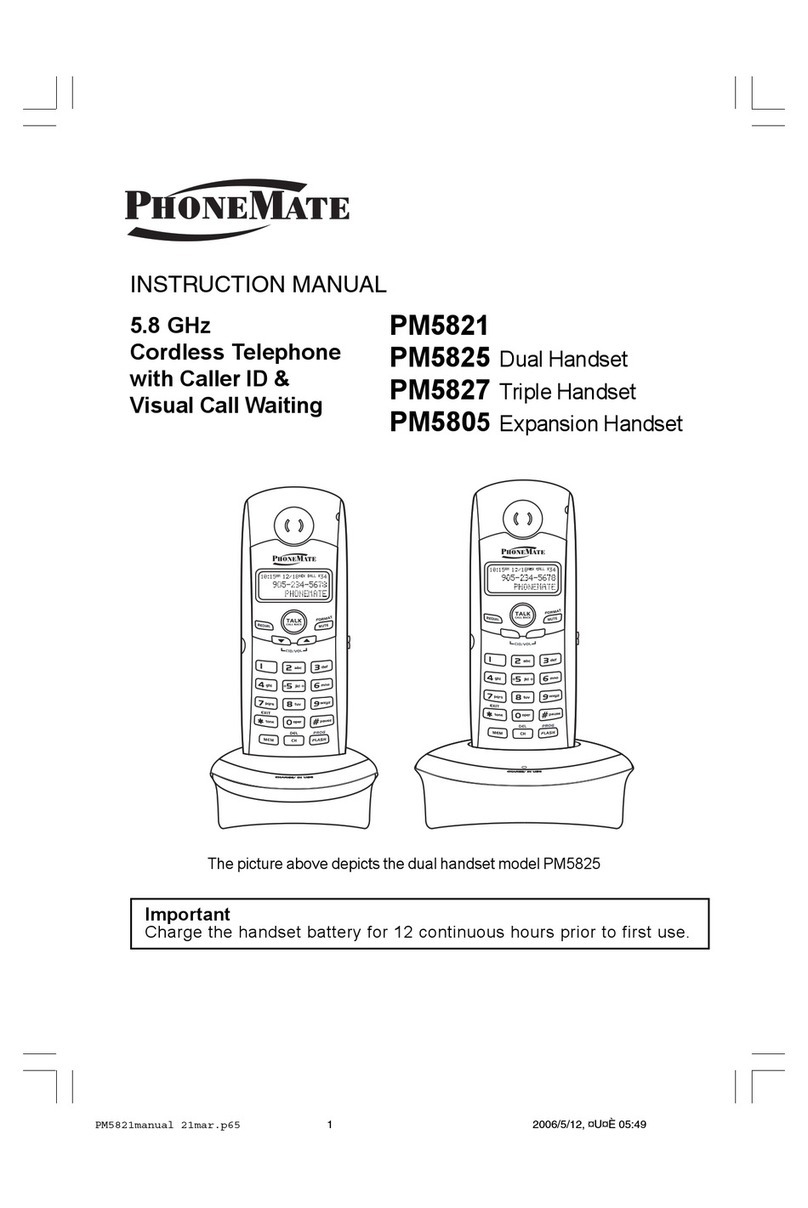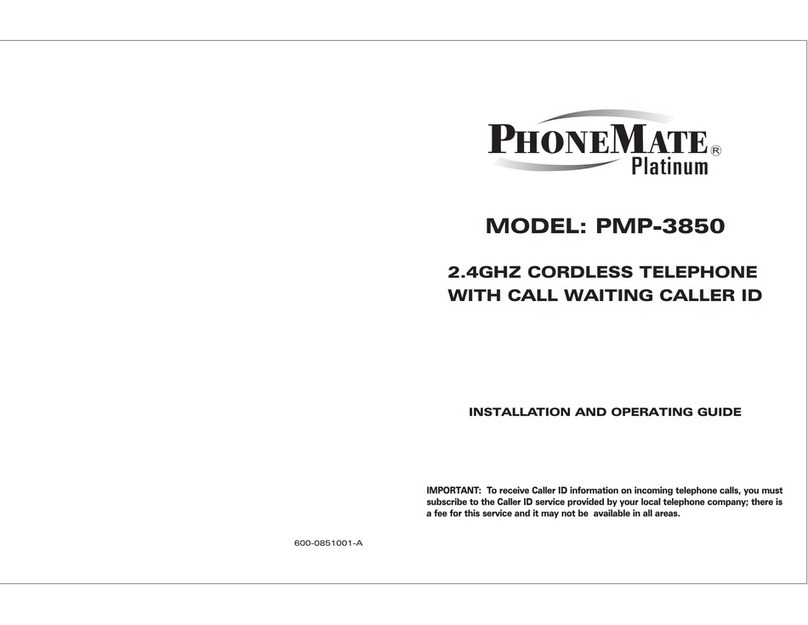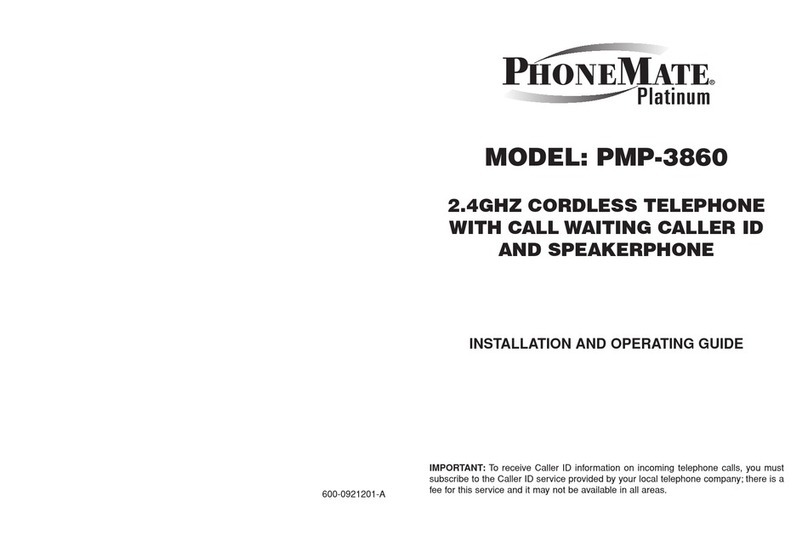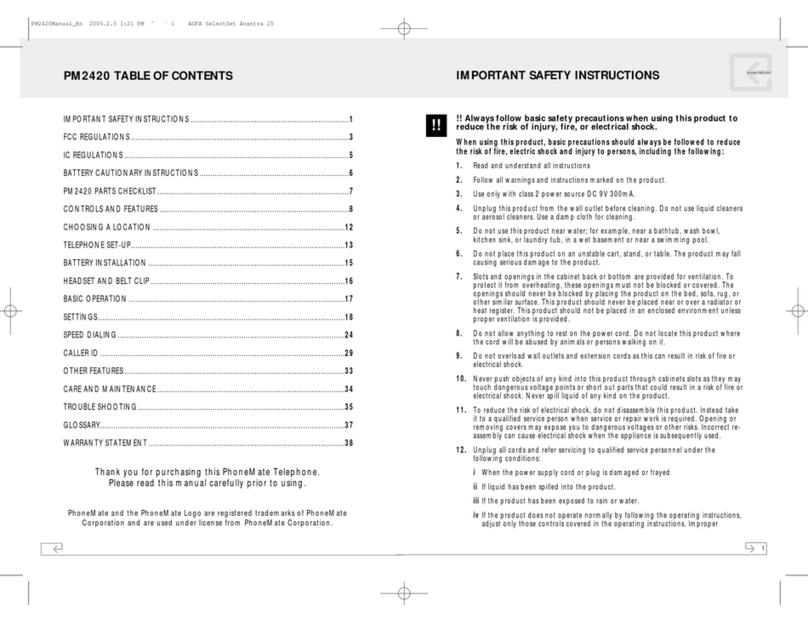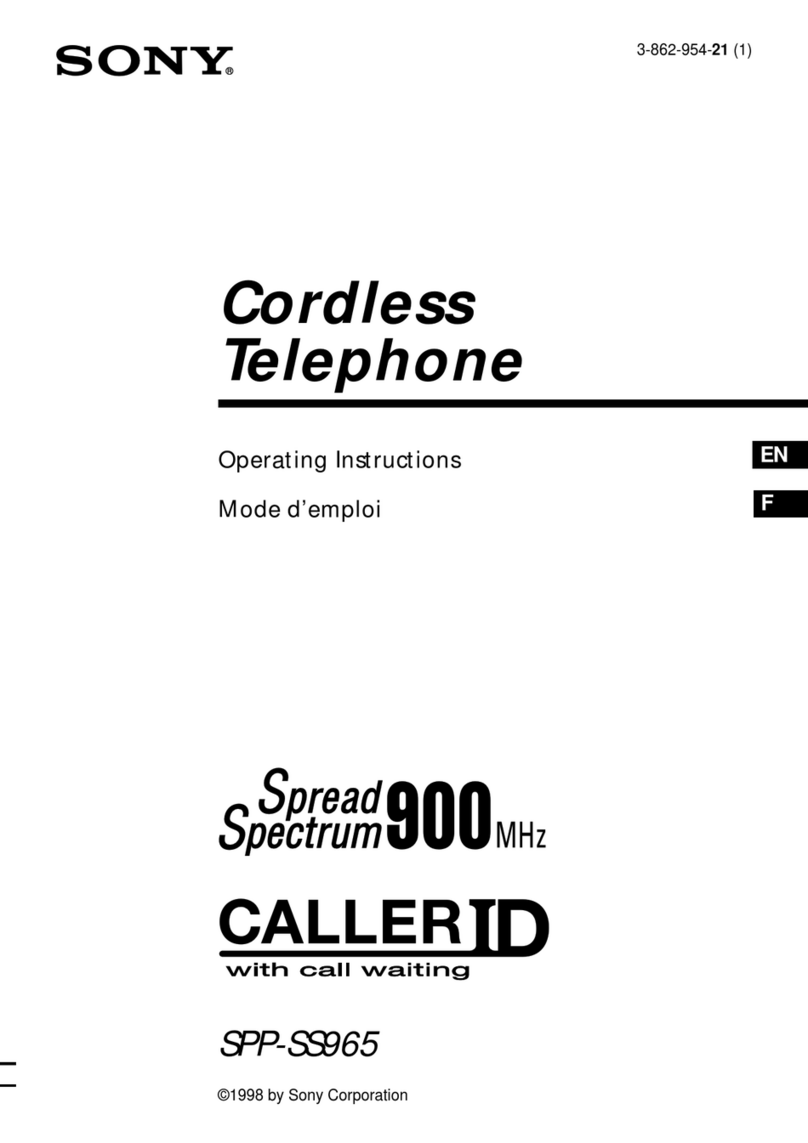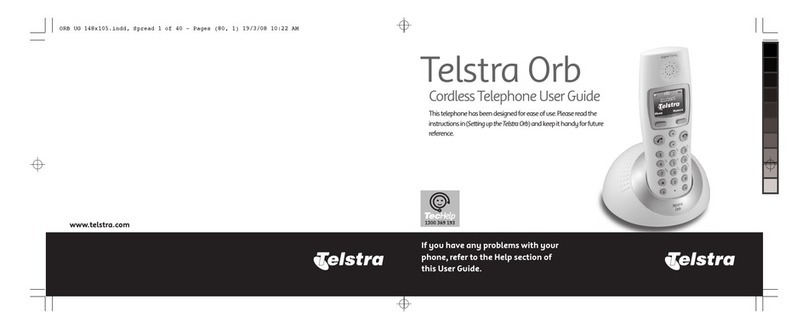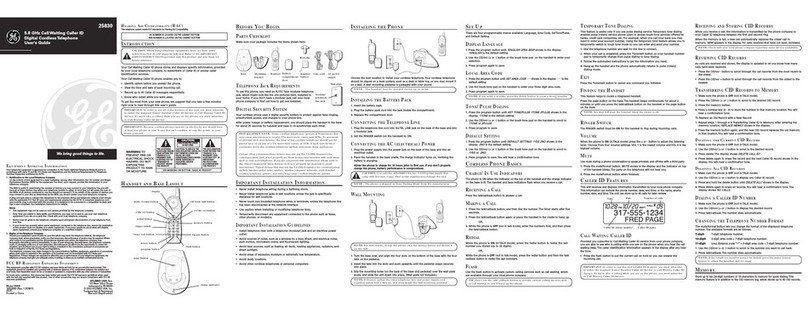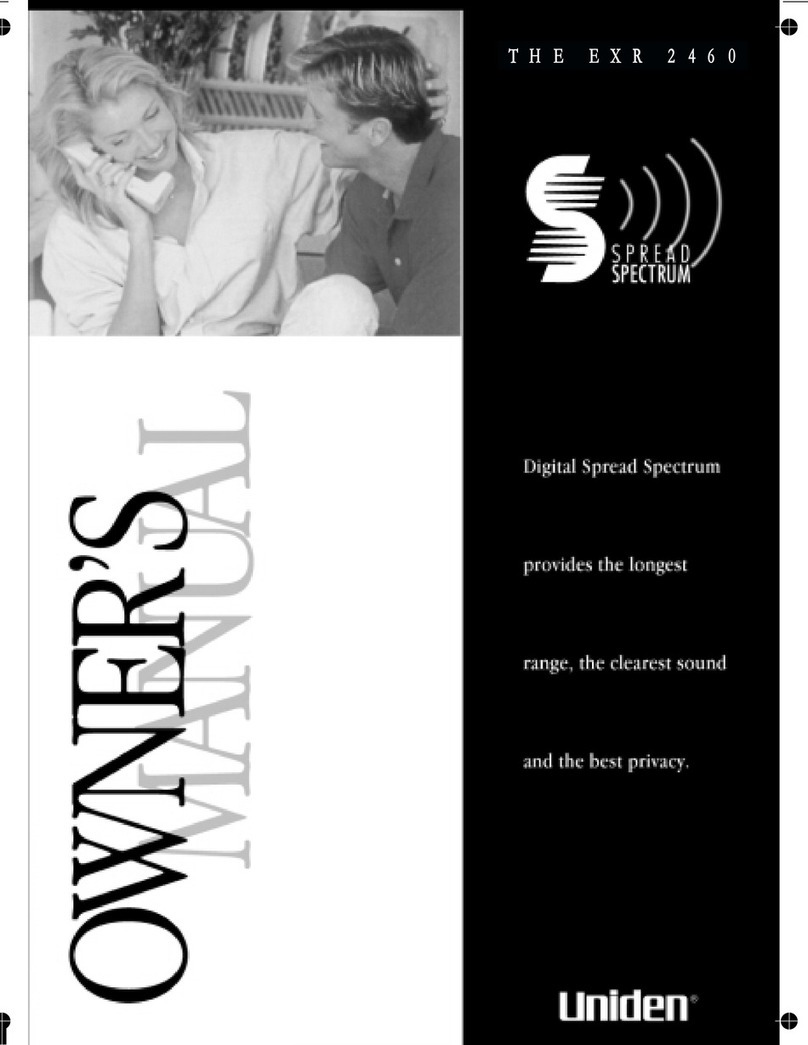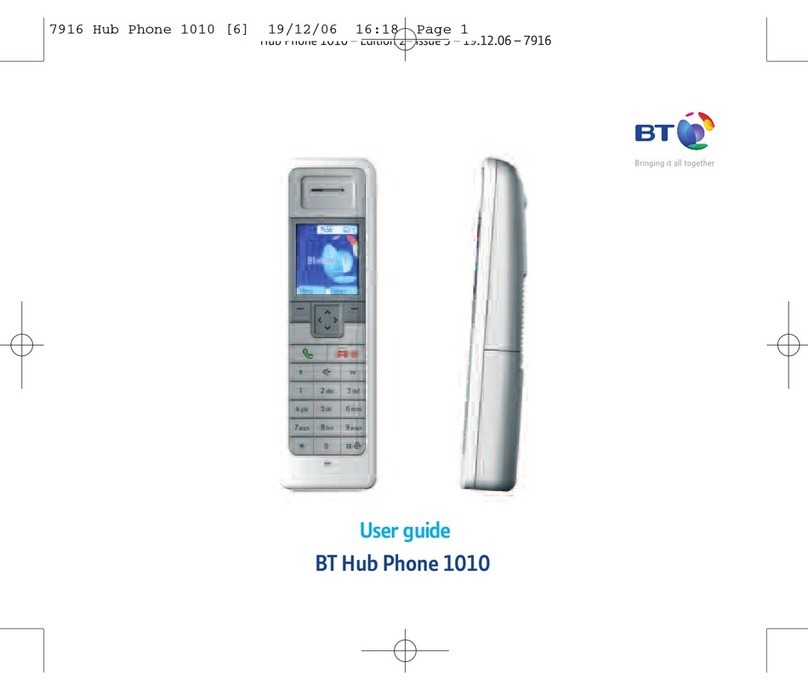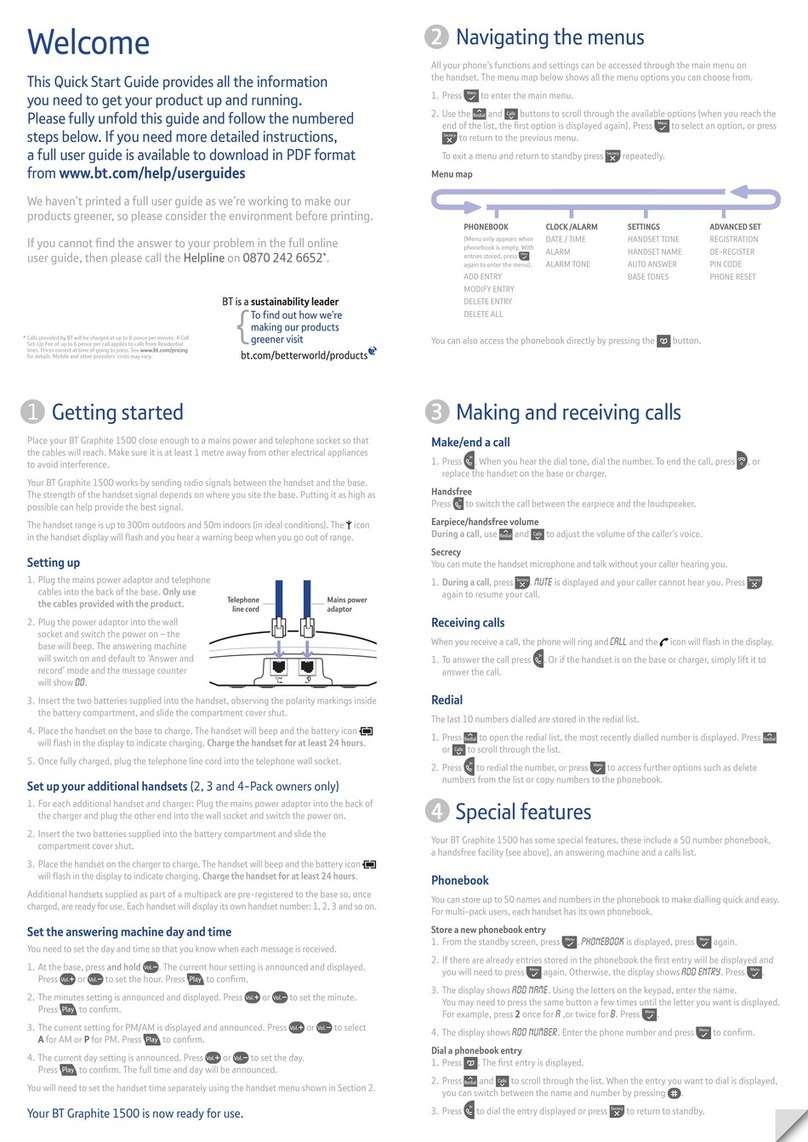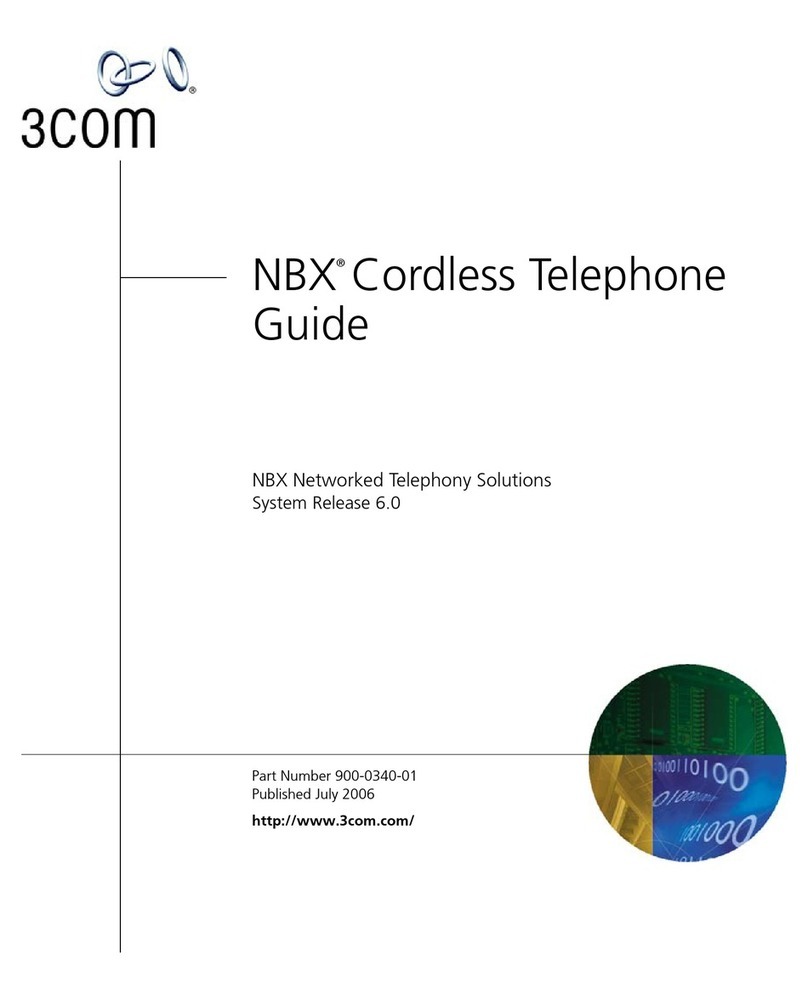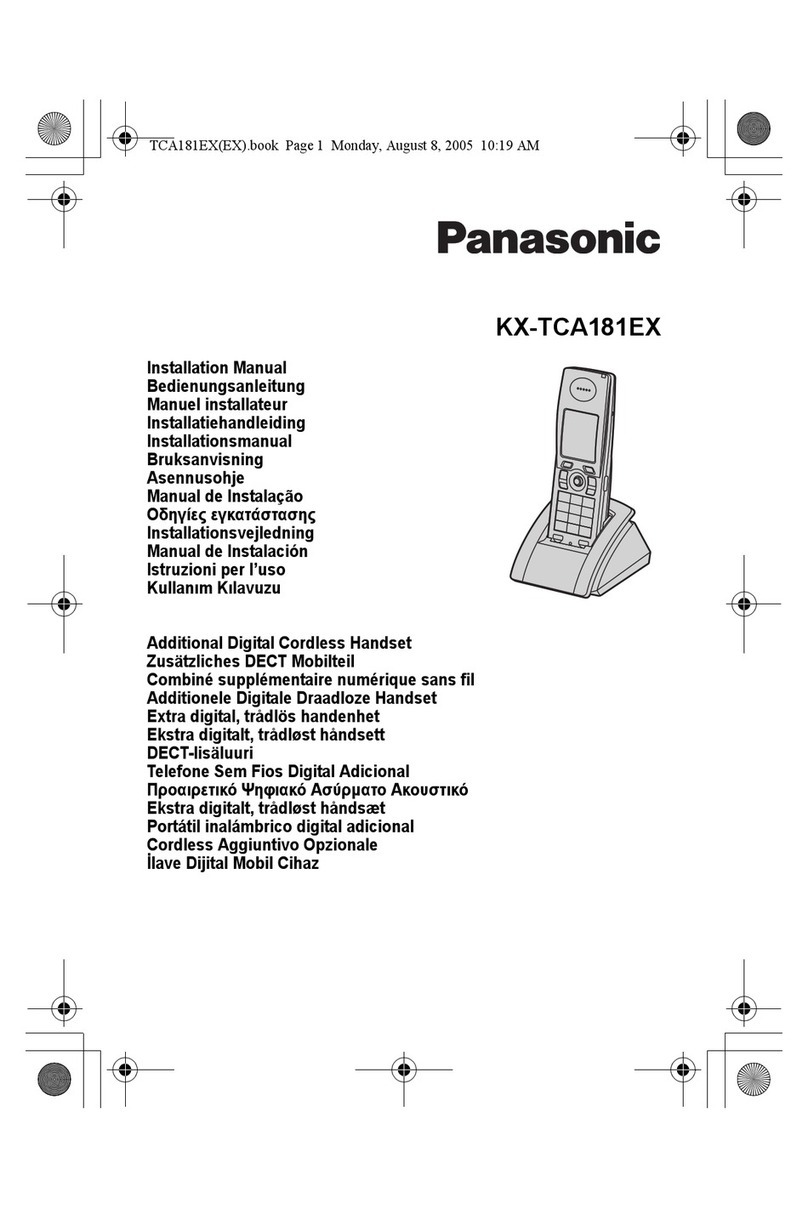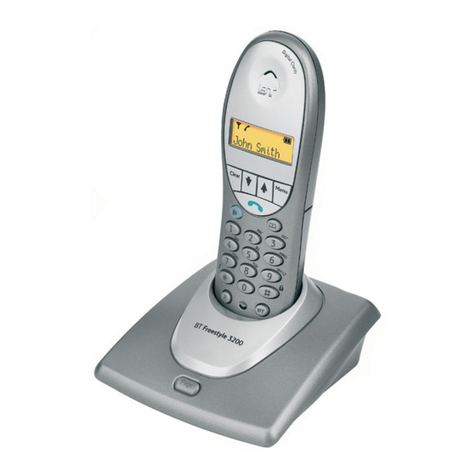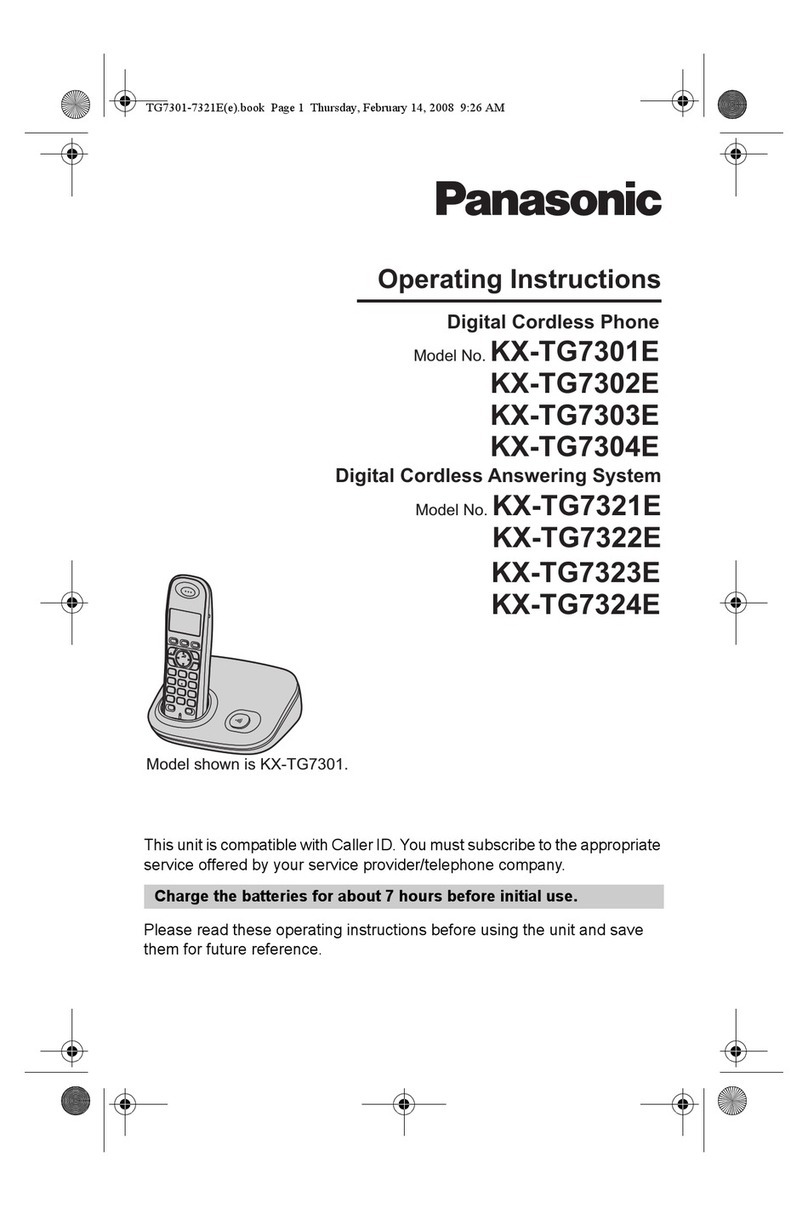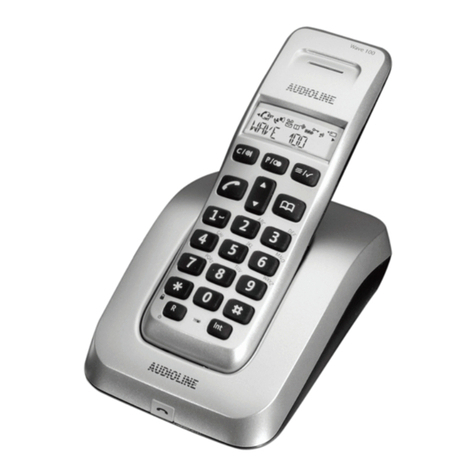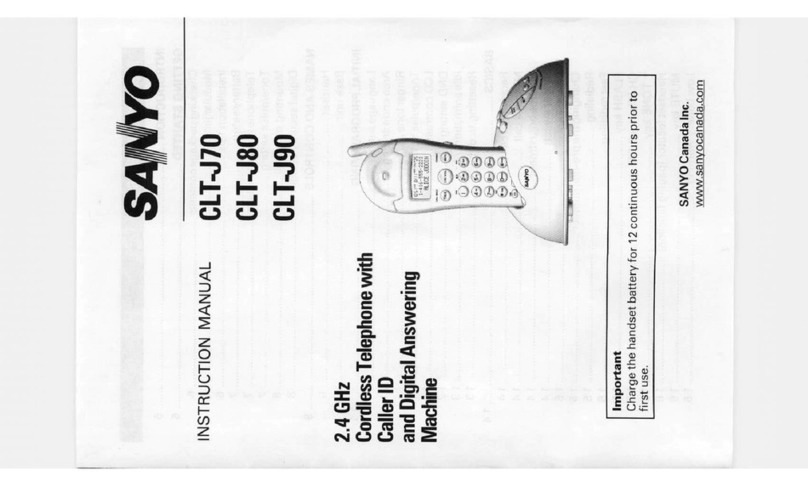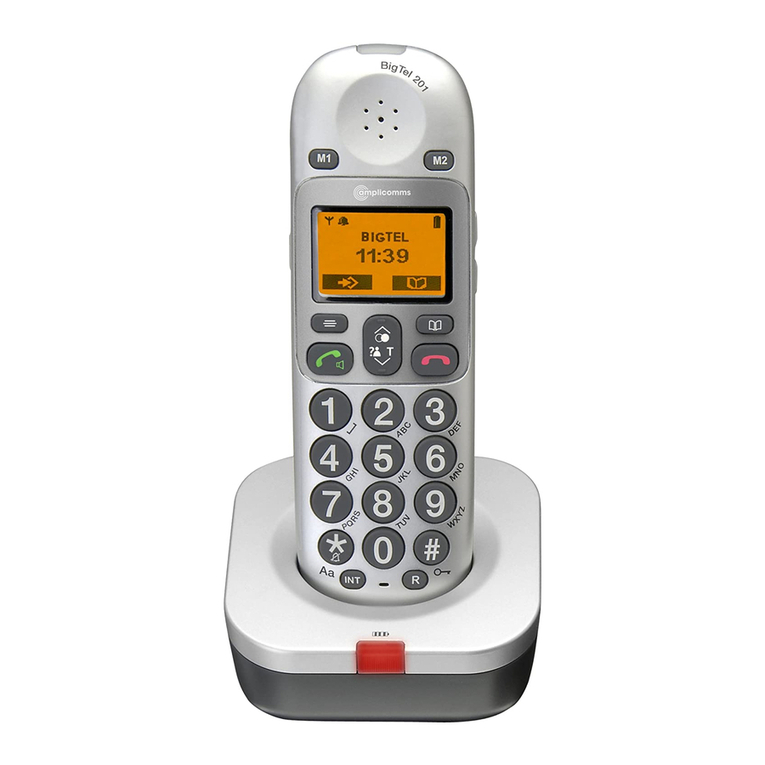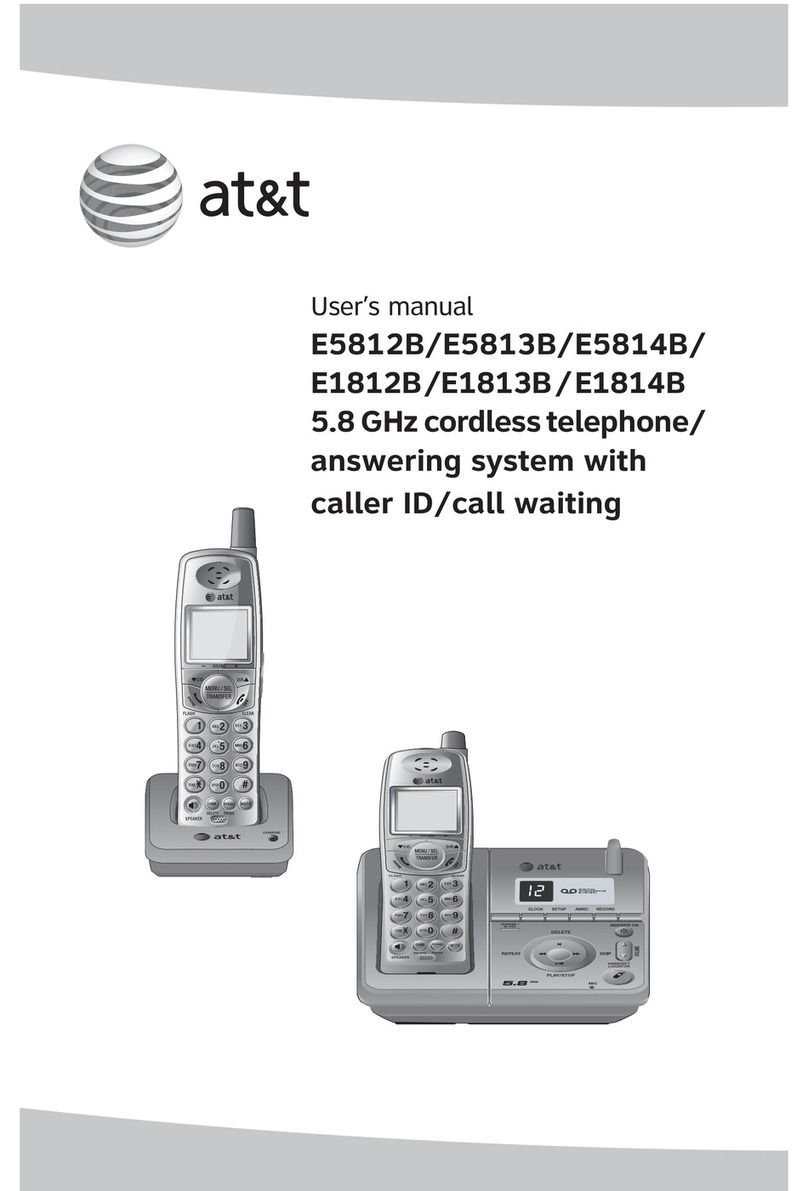- 3 -
IMPORTANT SAFETY INSTRUCTIONS
!! Always follow basic safety precautions when using this product to reduce the risk
of injury, fire, or electrical shock.
When using this product, basic precautions should always be followed to reduce the
risk of fire, electric shock and injury to persons, including the following:
1.) Read and understand all instructions
2.) Follow all warnings and instructions marked on the product.
3.) Use only with class 2 power source DC 9V 300mA.
4.) Unplug this product from the wall outlet before cleaning. Do not use liquid
cleaners or aerosol cleaners. Use a damp cloth for cleaning.
5.) Do not use this product near water; for example, near a bathtub, wash bowl,
kitchen sink, or laundry tub, in a wet basement or near a swimming pool.
6.) Do not place this product on an unstable cart, stand, or table. The product may fall
causing serious damage to the product.
7.) Slots and openings in the cabinet back or bottom are provided for ventilation. To
protect it from overheating, these openings must not be blocked or covered. The
openings should never be blocked by placing the product on the bed, sofa, rug, or
other similar surface. This product should never be placed near or over a radiator
or heat register. This product should not be placed in an enclosed environment
unless proper ventilation is provided.
8.) Do not allow anything to rest on the power cord. Do not locate this product where
the cord will be abused by animals or persons walking on it.
9.) Do not overload wall outlets and extension cords as this can result in risk of fire
or electrical shock.
10.) Never push objects of any kind into this product through cabinets slots as they
may touch dangerous voltage points or short out parts that could result in a risk of fire
or electrical shock. Never spill liquid of any kind on the product.
11.) To reduce the risk of electrical shock, do not disassemble this product.
Instead take it to a qualified service person when service or repair work is
required. Opening or removing covers may expose you to dangerous voltages or
other risks. Incorrect re-assembly can cause electrical shock when the appliance is
subsequently used.
12.) Unplug all cords and refer servicing to qualified service personnel under
the following conditions:
i) When the power supply cord or plug is damaged or frayed
ii) If liquid has been spilled into the product.
iii) If the product has been exposed to rain or water.
iv) If the product does not operate normally by following the operating
instructions. Adjust only those controls covered in the operating
instructions. Improper adjustment of other controls may result in
damage and require work by a qualified technician to restore the
product to normal operation.

